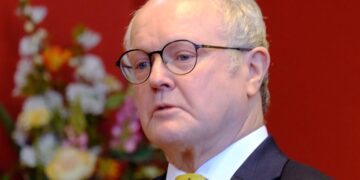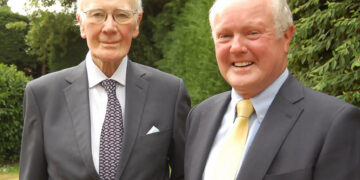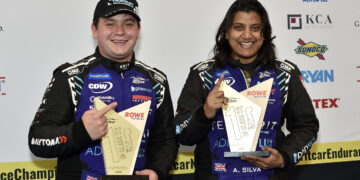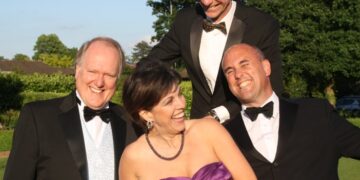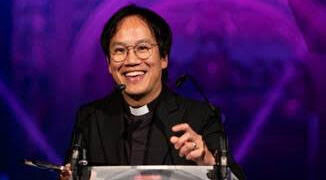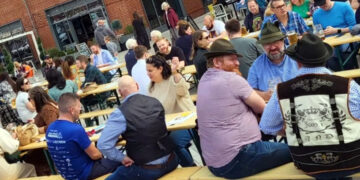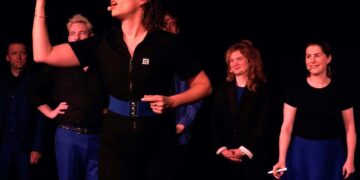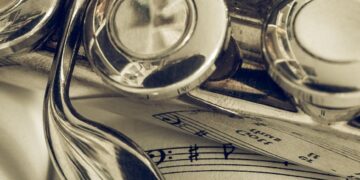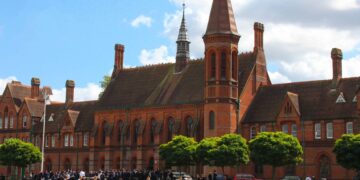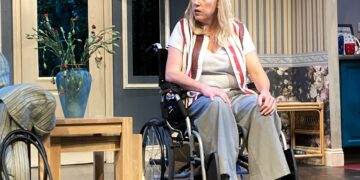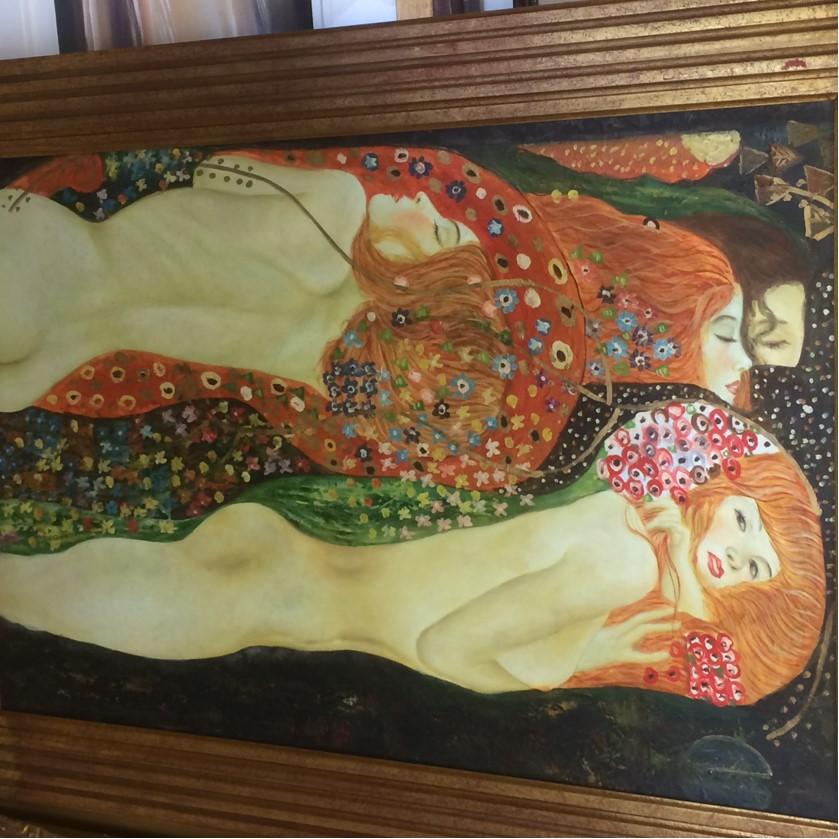By Jeremy Edwards, from AntiqArt
Gustav Klimt was an Austrian “Symbolist Painter” of some repute. He was born in July 1862 in Baumgarten, near Vienna.
His mother had an unrealised ambition to be a musical performer, his father was a gold engraver.
Young Gustav was the second of seven children the couple were to have together.
Despite his humble beginnings Klimt was to become an important member of Austrian society.
He was commissioned to paint the murals in Vienna’s Burgtheater, for which Emperor Franz Josef I awarded him the Golden Order of Merit in 1888.
But in 1892 both his father and older brother died and the responsibility to support the two families he had inherited was a burden that he found difficult to bear.
He became one of the leading members of the Vienna Secession movement (a group formed in 1897 by artists, sculptors and architects who resigned from the Association of Austrian Artists to go their own way and to rattle “The Establishment”), indeed he became President of the group.
The movement was set up to encourage free thinking and to break away from the chains of artistic conformity.
The group encouraged young artists both within Austria and from abroad to express themselves in art in whatever way they felt suited them and organised international exhibitions to display the most creative works.
Klimt was commissioned to paint the murals that would adorn the exhibition hall that was built to house these exhibitions.
He produced three large scale paintings which at the time were deemed to be pornographic, his notoriety was born. These three paintings, sadly, were destroyed when the retreating German forces near the end of the war burnt down the castle that held them amongst many other masterpieces.
Klimt’s most successful period of his lifetime came just after the turn of the century, during which time he was experimenting with gold leaf in his pictures.
His most famous works, such as Kiss, Water Serpents I and II, were painted from about 1902 to 1910. He became a relatively successful and wealthy man.
However, it was after his death that the value of his paintings skyrocketed with prices of his original paintings peaking in 2016 with the sale of his portrait painting Adele Bloch Bauer II selling at auction for $150 million.
This painting is a very good student copy oil on canvas of Klimt’s Water Serpents II a painting that was immortalised in the 1960s by being copied into a mass-produced poster that sold in huge numbers and appeared throughout the 60’s and 70’s on many students’ walls.
It is a large, beautifully framed but unsigned and therefore unattributed copy by a very competent young artist who would have been at an extremely good art school in the 1980s.
If you are looking for high quality original art at affordable prices then please come along to my showroom at Holme Grange and take a look at my own little exhibition. This painting is currently up for sale at a reasonable £600.
Alternatively, we now offer a leasing arrangement, so now all of our paintings, can be rented for a small fixed monthly rental fee.
All of our great works are available to view, purchase or rent at AntiqArt, the “preloved art” gallery, which is now part of Berkshire’s newest Antiques Centre at Holme Grange Craft Village or online at www.antiqart.co.uk or call us on 0118 327 5421.

